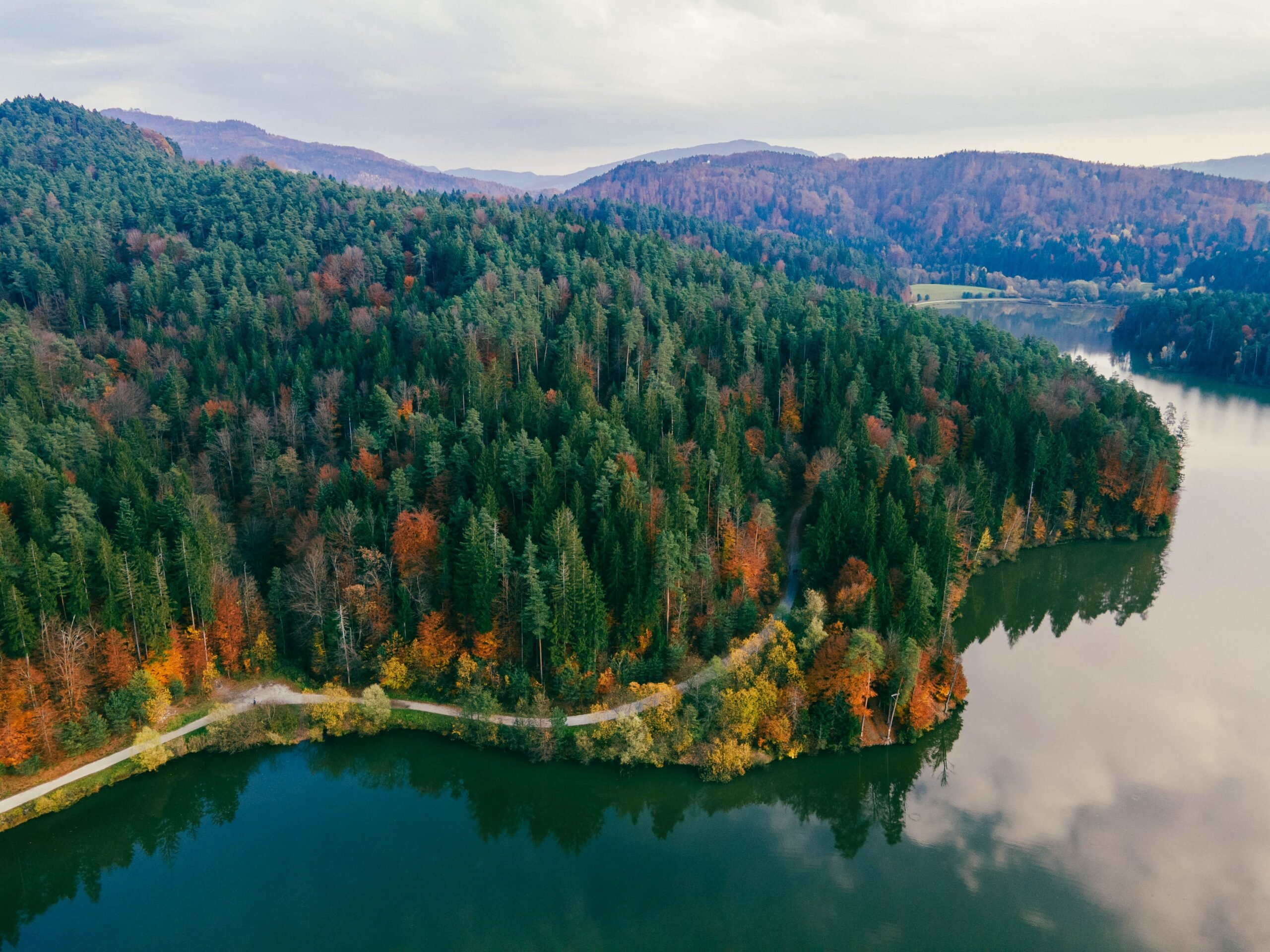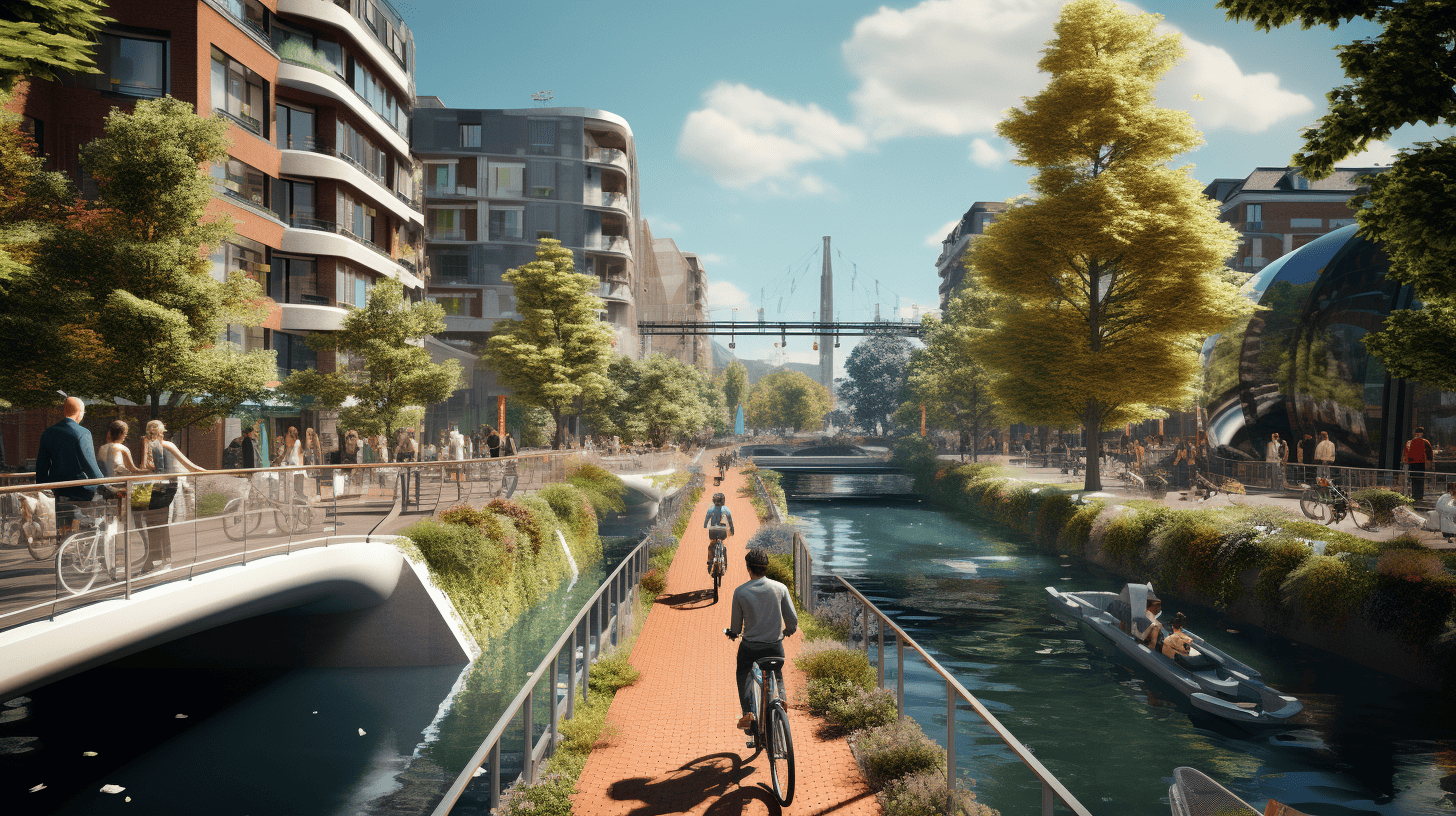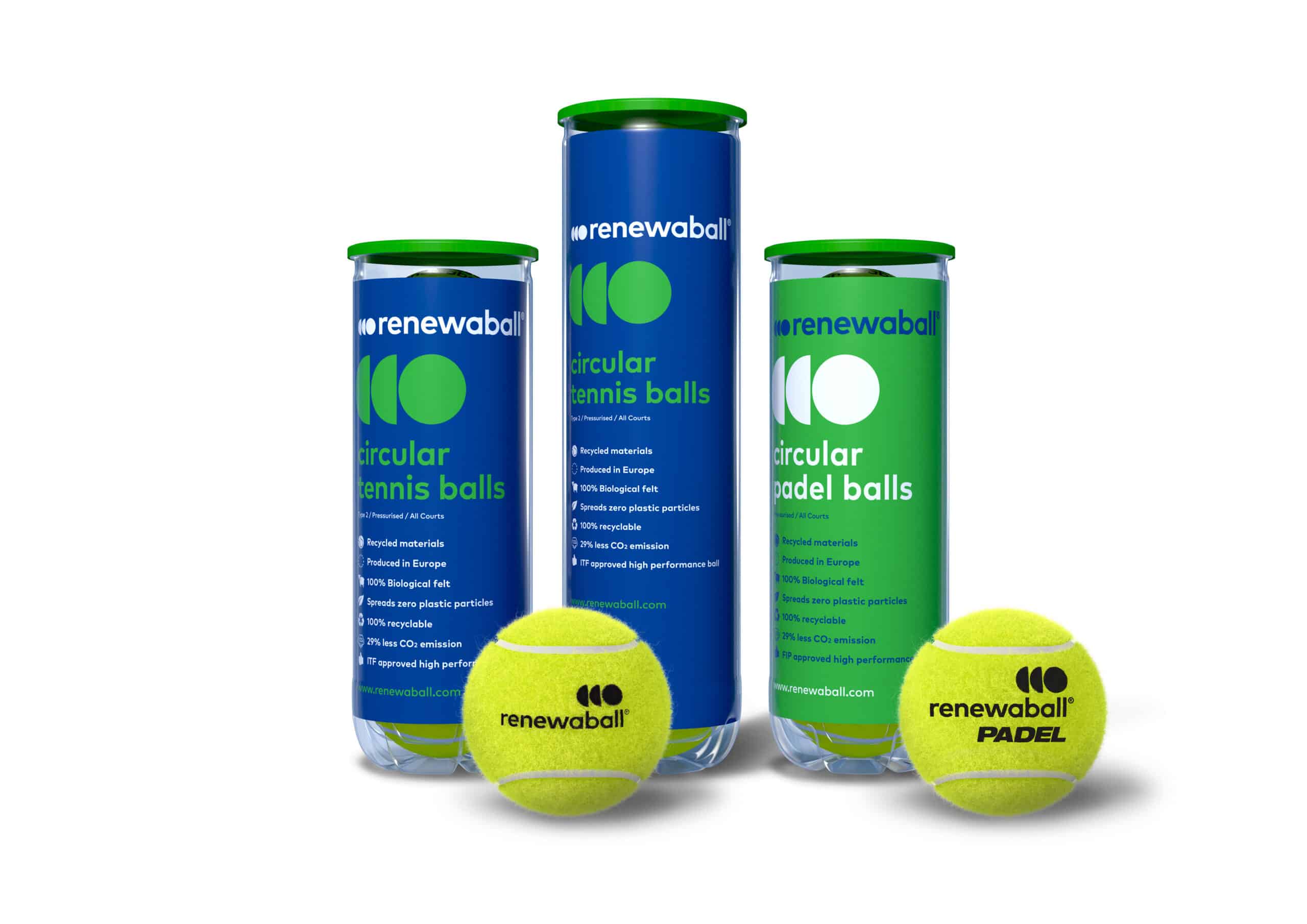
About Decarbonizing Europe
What does the Recovery and Resilience Facility entail?
The European Commission has made available an amount of 723.8 billion euros
to combat the consequences of the corona crisis and make Europe greener, cleaner, and future-proof. All member states have the opportunity to submit plans for disbursement from this Recovery and Resilience Facility.
Who is participating in the Recovery and Resilience Facility?
All the member states of the European Union. All member states? No, The Netherlands has not submitted plans as yet. Although, it became public knowledge at the end of January that hard work is going on behind the scenes in the Netherlands to secure some of those European billions.
What do the member states have to spend the money on?
At least 37 percent of the funding should be used for making their countries more sustainable and 20 percent for digitalization. In addition, there are also other key points:
– Smart, sustainable and inclusive growth
– Social and territorial cohesion
– Public health, economic, social, and institutional resilience
– Policy for future generations
What else is happening?
Apart from that, the EC has identified several so-called flagship areas:
– Power up
– Renovate
– Recharge and Refuel
– Connect
– Modernise
– Scale-up
– Reskill and upskill
What is Innovation Origins planning to do?
Over the next few months, we will be focusing on the implementation of these plans. We will be outlining what each country is doing to reduce CO₂ emissions, and we will be reporting on innovative projects. Infographics will allow you to compare the member states’ efforts with each other.
Back in May 2018, the Slovenian government published its roadmap for becoming the world’s first fully circular economy. The plan is part of the long-term national strategy Vision for Slovenia in 2050. The country aims to become a frontrunner both in the EU and in the Balkan region by accelerating the transition to models that could – according to a Material Economics report – cut down emissions by 56 percent by 2050.
As part as its Recovery and Resilience Plan, Ljubljana is allocating €48 million for the circular economy mission. Such an amount might not seem enough to fuel such ambitions, but the country took some steps prior to this extraordinary budget set aside by the European Commission.
Slovenia adopted – in November 2019 – the European Institute of Technology Climate Knowledge and Innovation Community (EIT Climate-KIC) proposal for a circular economy in the country. The initiative resulted in one of the 8 Deep Demonstration pilots that the institute is carrying out in the EU.
What is a Deep Demonstration?
“A Deep Demonstration is a methodology for guiding the challenge owner – which might be a city, a country, and so on – through a way of thinking and interpreting what needs to be done to solve a given problem,” explains Bart Stegeman, orchestrator of the project for EIT Climate-KIC.
In other words, a problem is first acknowledged, in this case, high levels of emissions. After that, a systemic approach aimed at developing – and implementing – circular solutions to achieve decarbonization is planned. Stakeholders from society are involved and take advantage of the expertise brought by the EIT Climate-KIC. Knowledge transfer is the first step on the way to a low-emissions economy model.

Bart Stegeman
Orchestrator of the Deep Demonstration
He coordinates the initiatives within the Slovenian Deep Demonstration.
Key areas of circularity
In more practical terms, six value streams – assessed as necessary, impactful, and relevant – have been identified. “Since about 60 percent of Slovenia is covered by forests, we identified the wood processing industry as one of these value chains. This is crucial for the applications that wood can have in housing, as well as for the potential trees have in capturing carbon,” Stegeman clarifies.
Food is another value chain – the goal is to future-proof it – as is mobility. In addition to the emissions caused by transport, the geographical position of Slovenia – a gateway between the Balkans and the rest of Europe – makes this issue even more crucial. The construction sector is the fourth area of focus, while manufacturing and industry are respectively the fifth and sixth focus areas.

Stand-alone initiatives hardly ever deliver
Improving the sustainability of industry, mobility, or the food chain is nothing new. Project-based initiatives existed before, Stegeman points out. “These tended to be stand-alone initiatives, there isn’t any coordination between them all. As part of the EIT Climate-KIC, we asked ourselves what impact they had, and found out that it did not amount to much.” One real-life example comes from Ljubljana.
Stegeman continues: “There is a parking lot at the entrance of the city, with charging stations for EVs. From there, commuters can then ride a bike or hop on public transport to get into the city center. However, despite a costly investment, these chargers were not really used, because they guaranteed fast charging just for three hours. After that, cars had to be removed so as not to incur a fine. Therefore, such an initiative turned out to be useless for workers. That is why we want to look at mobility – and at the other value chains – with a systemic approach.”
What tangible results is the deep demonstration producing?
The core of the Deep Demonstration lies in the portfolio of activities connecting existing and new programs. The Slovenian Centre for Smart & Circular Transition is the entry point for stakeholders to join the initiative, this enables them to create synergies and exchange know-how.
All projects are geared towards contributing an innovative element, coordinated by the Deep Demonstration. Several courses of action can be cited. One of them deals with the packaging industry.
“To kick off the transition to more circular alternatives, we organized a training course for those who are involved in this business. Through this transfer of knowledge, we give them the tools to promote innovative and sustainable options in their fields,” Stegeman states.
With a past in the plastics industry, Stegeman underlines the importance of such initiatives in this field. “Clearly, if major market players do not change, a transition is more difficult. In my opinion, knowledge makes all the difference. People may be willing to change, but just don’t know how. ”
To ensure a smooth transition, the legislative framework also needs to be updated. As part of the demonstration, a policy lab is providing a platform where bottlenecks in bureaucracy are identified and discussed. The results of these discussions yield a recommendation that is shared with the authorities.

2030 targets
The implementation phase of the Deep Demonstration is nearing completion. Over the next three years, the project aims to contribute to the achievement of several targets the country has set for 2030. “Halving waste production per capita, reducing CO2 emissions from manufacturing by 10,000 tonnes and realizing €1 billion of investment in circular economy models. We would like to do our part in achieving these and other targets,” Stegeman says in summary.
Support us!
Innovation Origins is an independent news platform that has an unconventional revenue model. We are sponsored by companies that support our mission: to spread the story of innovation. Read more.
At Innovation Origins, you can always read our articles for free. We want to keep it that way. Have you enjoyed our articles so much that you want support our mission? Then use the button below:




